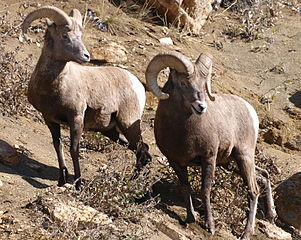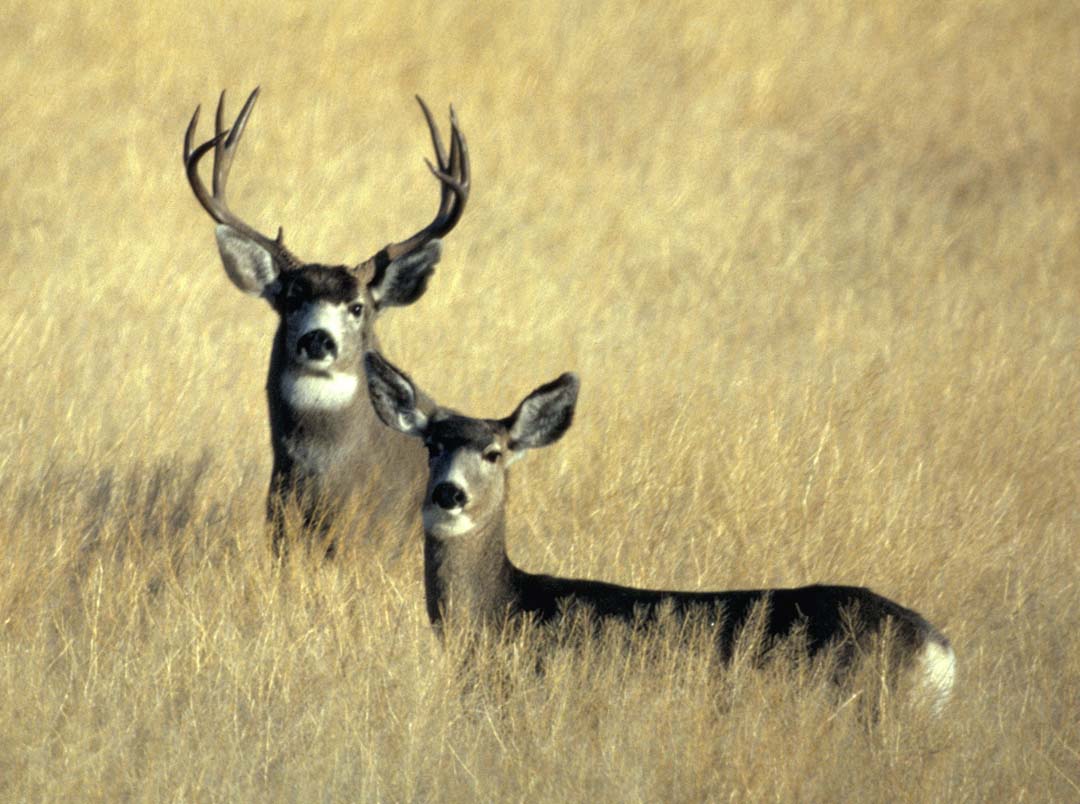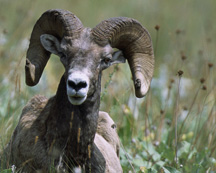 Mountain goats were introduced to the greater Yellowstone region decades ago, say articles in the Missoulian and the Jackson Hole News & Guide.
Mountain goats were introduced to the greater Yellowstone region decades ago, say articles in the Missoulian and the Jackson Hole News & Guide.
Since then, the goats have popped up in various locations around Jackson Hole, Wyoming Game and Fish wildlife biologist Doug Brimeyer said in an article in the Missoulian.
“In the Tetons, the bighorn sheep winter habitat is a relatively few isolated wind-swept slopes at high elevation, because they’ve lost their migration,” Wyoming Game and Fish habitat biologist Aly Courtemanch said in the Missoulian article. “They’re already surviving on this marginal winter habitat up there.
“It’s reasonable to expect that mountain goats, if they became established, would out-compete bighorn sheep for that very limited winter range.”
Researchers from Idaho, Montana and Wyoming are studying the situation, lead by Bob Garrott, of Montana State University’s Fish and Wildlife Ecology and Management Program.
The team will collar 12 goats with a GPS system that will send location data every six hours for two years. A second collar will activate when the GPS collar falls off and will provide less detailed information.
Read the Missoulian article here.
Read a shorter version of the story in the Billings Gazette, here.
There’s no link to the Jackson Hole News & Guide story that kicked off this flurry of coverage, because it doesn’t appear to be available on the newspaper’s website.
Photo: Bighorn in Montana. By Ryan Hagerty, courtesy US Fish and Wildlife Service

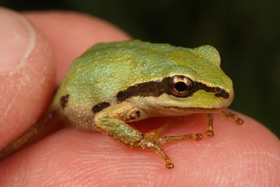 Things have actually been pretty quiet over the past month when it comes to wildlife diseases. The big news, of course, is
Things have actually been pretty quiet over the past month when it comes to wildlife diseases. The big news, of course, is 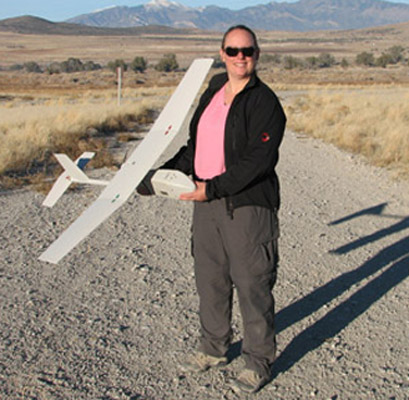

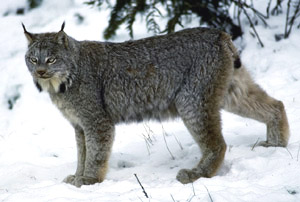 The first Canada lynx in Idaho in over 15 years was inadvertently caught in a leg-hold trap, the Idaho Department of Fish and Game said on Tuesday.
The first Canada lynx in Idaho in over 15 years was inadvertently caught in a leg-hold trap, the Idaho Department of Fish and Game said on Tuesday.